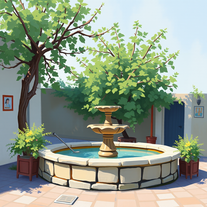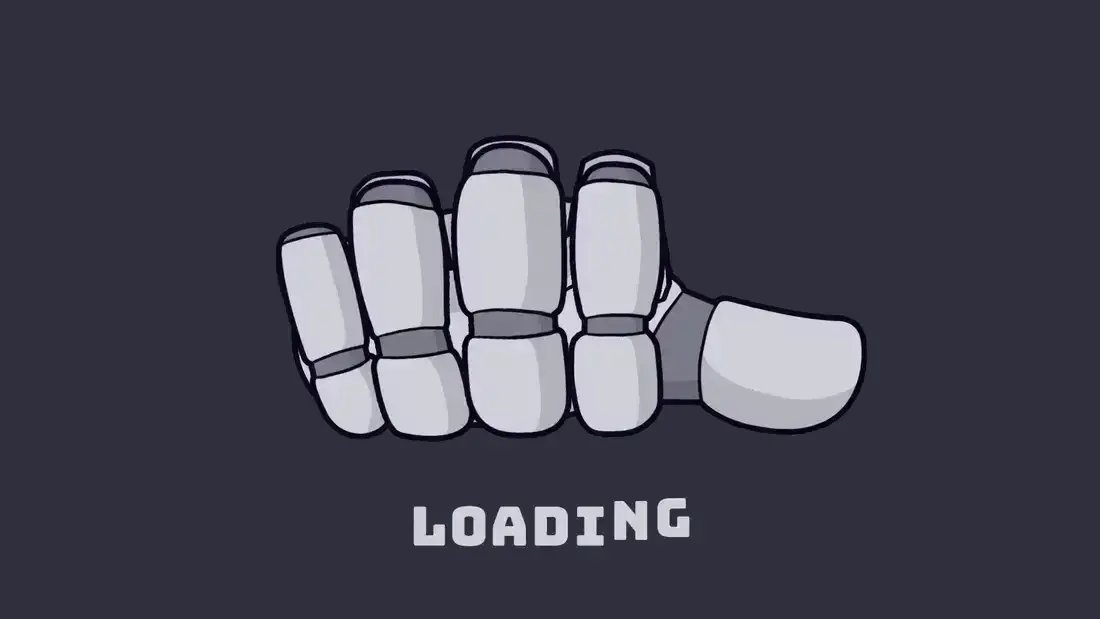▼ Most saved
Sensory experience
Free mode
100% free
Freemium
Free Trial
Other tools
-
 Create vivid expressionist portraits from any subject.Open558214177Released 8mo ago100% Free
Create vivid expressionist portraits from any subject.Open558214177Released 8mo ago100% Free -
 Create storybook-inspired images with cinematic flair.Open37791129Released 1y ago100% Free
Create storybook-inspired images with cinematic flair.Open37791129Released 1y ago100% Free -
64980117Released 1y ago100% Free
-
 AI-powered mobile app designs, tailored to you.Open36780120Released 1y ago100% Free
AI-powered mobile app designs, tailored to you.Open36780120Released 1y ago100% Free - Sponsor:Rocket - Vibe Coding
-
1386949Released 8mo ago100% Free
-
1243627Released 6mo ago100% Free
-
1103324Released 6mo ago100% Free
-
 Transform text into peephole-view cinematic images.Open832920Released 8mo ago100% Free
Transform text into peephole-view cinematic images.Open832920Released 8mo ago100% Free -
 Turn any input into serene impressionist paintings.Open632920Released 4mo ago100% Free
Turn any input into serene impressionist paintings.Open632920Released 4mo ago100% Free -
692516Released 6mo ago100% Free
-
 AI-powered psychedelic art generator for dreamlike visuals.Open452116Released 9mo ago100% Free
AI-powered psychedelic art generator for dreamlike visuals.Open452116Released 9mo ago100% Free -
1051725Released 11mo ago100% Free
- Didn't find the AI you were looking for?
-
5161613Released 8mo ago100% Free
-
 Blend ideas into stunning 3D double exposure art.Open511611Released 9mo ago100% Free
Blend ideas into stunning 3D double exposure art.Open511611Released 9mo ago100% Free -
 Transform emotions into AI-generated art.Open481410Released 6mo ago100% Free
Transform emotions into AI-generated art.Open481410Released 6mo ago100% Free -
146118Released 6mo ago100% FreeCreative Hubs🛠️ 23 tools 🙏 307 karmaApr 23, 2025@Somnira CanvasArtist Tips for Better Results with Somnira Canvas: To help Somnira Canvas render the most compelling and emotionally resonant figures—whether human or animal—users are encouraged to guide the tool with poetic, suggestive phrasing rather than highly technical descriptions. This helps maintain harmony with the platform’s expressive strengths. For human figures, try emotion-based posture phrases like “curled in sorrow,” “reaching toward a fading light,” or “kneeling in wind.” Favor mood-based modifiers over anatomical specifics, such as “a silhouette bathed in dusk” or “a quiet figure in motion blur.” For animals, use mythic or metaphorical phrasing like “a fox made of stars,” “a deer outlined in frost,” or “a lion woven from dusk and gold.” Avoid strict biological realism unless intentionally stylized (e.g., “cubist owl,” “ink-drawn heron”). Best practices include specifying camera perspective or body angle with terms like “3/4 view,” “top-down shot,” or “over-the-shoulder,” and adding atmospheric cues such as “drifting in chalk mist,” “outlined by candlelight,” or “carved in shadow.” You can also add emotion-based tags directly into the prompt—words like “longing,” “grief,” “stillness,” or “wonder” will guide the aesthetic and expressive qualities of the final artwork.
-
1294Released 4mo ago100% Free
Post



